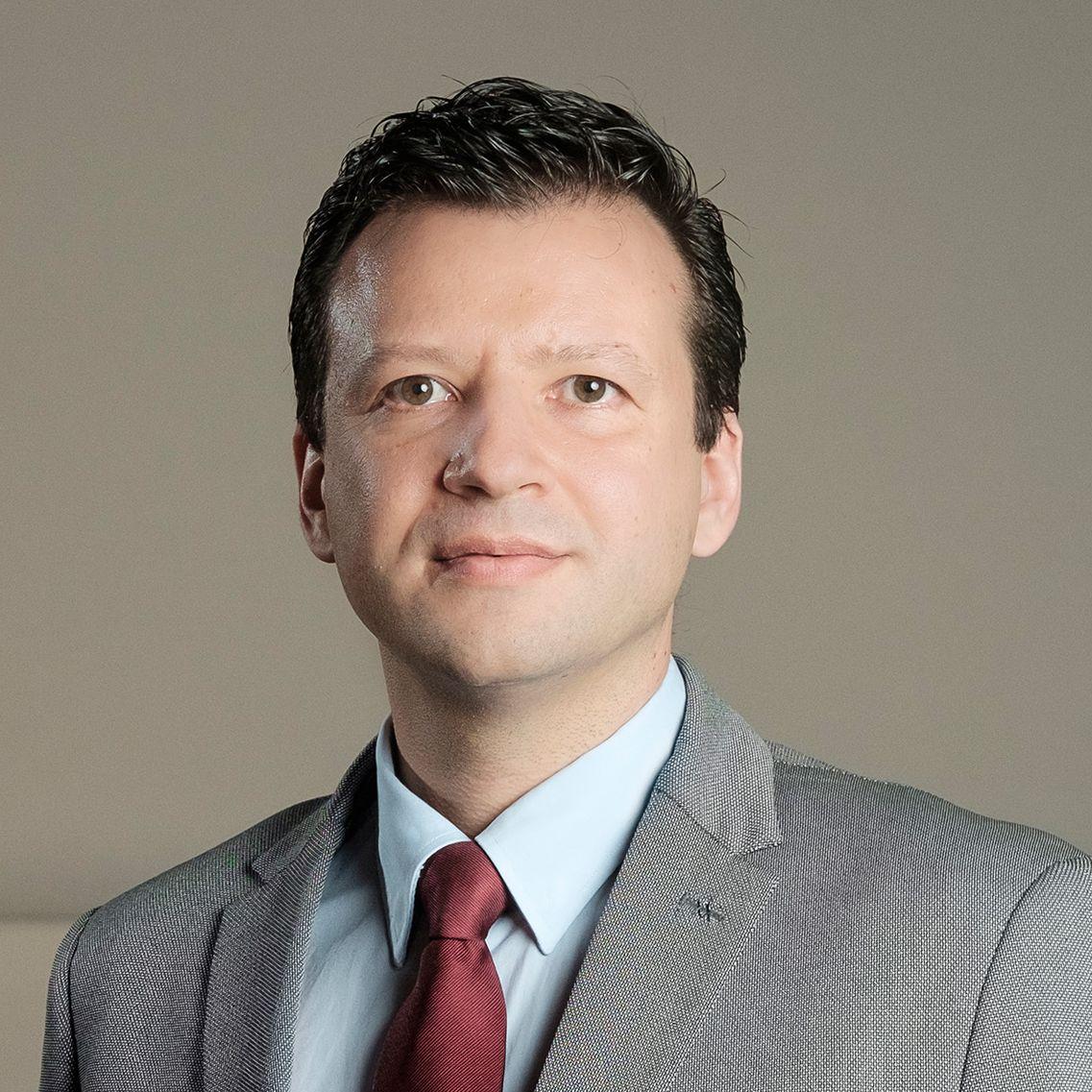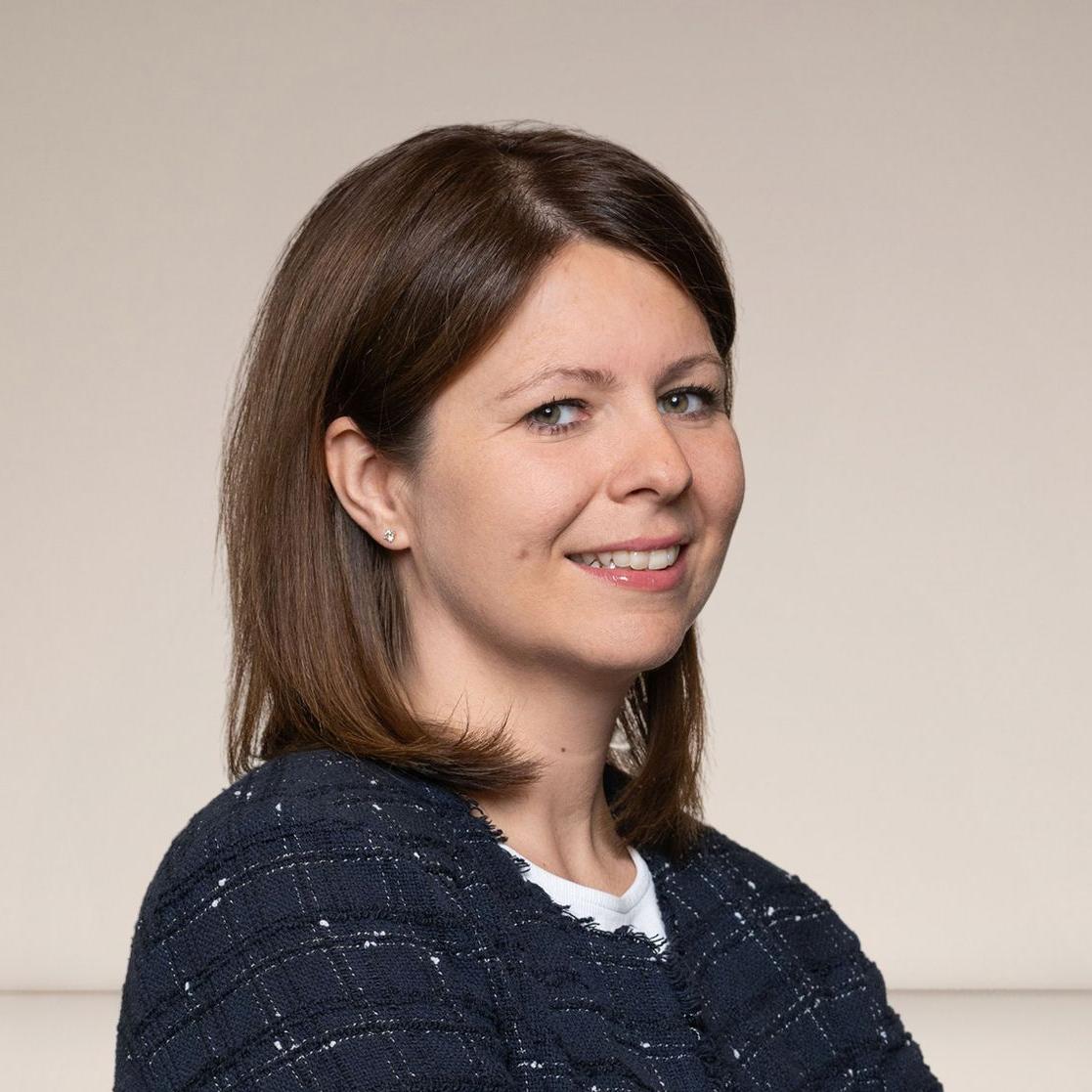Corporate Governance Officers (CGO) activities have become a cornerstone for business operations and the role of CGO professionals has never been more critical.
In this recent interview, Anastasia Marie-Hontaas, Director at Arendt Regulatory & Consulting, Christophe Lentschat, Member of the Management Committee at Arendt Investor Services, and Corinne Prinz, Partner at Arendt & Medernach, examined the sophisticated practices for governance and CGO activities for UCITS funds and their management companies in Luxembourg. The topic was discussed with Shany Venon, Head of Institutional Investors Client Line, Securities Services Luxembourg, BNP Paribas, which decided to partner with Arendt Investor Services to provide CGO services for their UCITS funds.
The roles of good fund governance and the roles of Board meetings
“Good fund governance means ensuring that you adhere to a set of rules, practices and policies aiming for transparency and investor protection and to maintain compliance with all legal regulatory standards, which is very important in the context of UCITS funds and Board meetings.” said Mr Lentschat.
“Board meetings play a pivotal role in this context because they provide for a well-documented, well-structured decision-making process, which in turn is fostering accountability.” continued Mr Lentschat. “The objective of Board meetings should be to allow members to review and address key matters such as fund performance, risk management and compliance in a structured and well-documented manner.”
What is at stake for UCITS funds
Regulatory perspectives on good governance for UCITS funds must rely on strong frameworks to ensure investor protection, operational transparency and market integrity.
The main objective of fund governance and appropriation governance is to avoid sanctions and to ensure investors’ confidence. “The key word is ‘anticipation’,” said Anastasia Marie-Hontaas, “for example, there was a need to anticipate ESG topics when the ESG regulation came into force. The Boards need to monitor all the regulatory developments.”
Governance policies must mitigate risks, including operational and reputational risks, to maintain investor confidence. Strong governance enhances the fund’s reputation, ensuring long-term sustainability and market competitiveness.
Organising, conducting and documenting Board meetings: main challenges and weaknesses
“Board process meetings require skill sets that are somehow conflicting, or at least skill sets that are difficult to find in one person or in one organisation, such as strong operational skills for the preparation of the Board but also a good understanding of the regulations, as well as a certain finesse for drafting the minutes.” said Mr Lentschat.
“It is also important to be very organised in terms of arranging and conducting meetings properly. Board members need to anticipate a lot of things and always be on the watch for new rules, new laws and new regulations in order to be up to speed on what's coming next.” said Corinne Prinz. “You need to find a good mix between regulatory constraints and business needs, but also have thorough knowledge of and expertise on your Boards and the appropriate level of independence because the question of conflict of interest is key and it is often challenged by the CSSF. So, yes, relying on the expertise of an external party can have a positive impact.” said Ms Marie-Hontaas.
Balancing governance and efficiency: fund Boards and UCITS ManCos
The one tool that we find very interesting is defining delegation matrixes, where you clearly state what can be done by the Board, what is done by the ManCo and what the interaction between the two is. “Our experience with risk matrixes is that they are very useful tools.” continues Mr Lentschat.
Board involvement between periodic meetings
“I would recommend having a discussion around the opportunity to rely on an external firm specialising in CGO activities because I often realise that it allows the Board to focus on strategic questions and issues and, for the less complex things, have the support of dedicated experts. It is a very easy process, and it really supports the Board in the interactions among members and between meetings.” said Ms Marie-Hontaas. “It is also very important to have a focus on IT security, considering that there is a lot of confidential information circulating in the context of organising the meetings.” Ms Marie-Hontaas continued.
Best practices for setting up the agenda of Board meetings
The first things to put in place are the standard agenda, as well as the table of allocations, which together help to identify points and questions clearly to the different stakeholders. It has to be based on a good mix between business needs and regulatory constraints. “Topic prioritisation is key.” continued Ms Marie-Hontaas. “It is important to start with key topics because you have the attention of the Board from the beginning.”
The role of technology in a Board meeting
“There are two main tools. The first family of tools is the electronic Board pack solutions, which helps to streamline the distribution of meeting materials and makes it easier for CGOs to organise, update and share the Board pack in real time. It also enables the governance expert to create dynamic agendas and then easily manage and circulate them, in addition to allowing them to access these materials digitally anytime, anywhere. We also use companies’ portals or client portals to ensure that all information is always available to the stakeholders, anywhere.” said Mr Lentschat.
“The next frontier is the development of AI-powered tools.” said Mr Lentschat, “AI is increasingly transforming Board meeting management. It can assist governance professionals in pre-drafting minutes based on meeting transcripts or notes or the Board packs. It can also help with reviewing Board packs and detecting discrepancies, as well as highlighting key points.”
A case study: Shany Venon discusses the partnership with Arendt Investor Services to outsource CGO activities for their UCITS funds
“We consider the CGO activities to be a core part of our central administration offer and we therefore wanted to raise the service to the best standard and in the best timeline.” said Ms Venon.
“These activities were initially carried out in-house, but we wanted to benefit from a dedicated software solution and a scalable team. Therefore, we decided to upgrade our current services and we had two options: invest or look outside, while always keeping the client at the centre of all our strategic thinking”.
“What I found extremely interesting was that it was not a purely operational decision,” said Mr Lentschat, “it was part of a broader strategic decision which has always kept the client at the centre.”
Drivers of the decision
We initiated a request for proposal (RFP) process, evaluating both dedicated Corporate Governance Officer providers and tool vendors.
“After a thorough assessment, we decided to appoint Arendt Investor Services as our partner. This decision was based on a comprehensive scoring grid, the critical mass of the CGO operations, the benefits for our client base, the strength of the tool solution, and, of course, the credibility of the brand.” explained Ms Venon.
“It was quite an extensive project,” added Ms Venon, “as it involved full outsourcing and transferring staff to Arendt Investor Services, which required careful handling of multiple dimensions to guarantee a smooth transition. HR considerations were crucial to ensure a seamless transfer, while transparent communication with our clients was equally important. Legal and IT aspects also played a significant role in contributing to the success of the transition.”
“It was a project that went beyond the operational aspect, because the client was really at the centre of the decision.” said Mr Lentschat.
Feedback on the experience
“The feedback we received was extremely positive, both internally and from our clients. The HR component was key. By prioritising the best interests of our staff, we were able to create a positive outcome for all stakeholders. The second critical aspect was communication with our clients, ensuring they were kept informed at every stage of the process. This included sharing the timeline, where we stood, the CSSF notifications and also the reasons behind our choice. Transparency and clear explanations were critical to maintaining trust” detailed Ms Venon.
“As a bank, our biggest asset is the trust of our clients, which requires permanent attention to safety and security for them and their investors.” said Ms Venon. “This commitment brings additional responsibilities, such as managing risk, IT security and data protection. In particular, the IT assessments and validation throughout the project were a significant factor in ensuring the project’s success. Now, one and a half years after completing the project, we have established a successful partnership, delivering additional value and enhanced experience for our clients, while also offering rewarding career opportunities to our staff”.
“It sounds like a win-win situation, which is always good for everyone.” concluded Ms Prinz.

Christophe LENTSCHAT
Lead of Governance Services and Member of the Management Committee at Arendt&Medernach

Anastasia MARIE-HONTAAS
Director, Regulatory & Consulting Practice at Arendt&Medernach
 Corinne PRINZ
Corinne PRINZPartner, Investment Management practice at Arendt&Medernach
 Shany VENON
Shany VENONHead of Institutional Investors Client Line, Securities Services Luxembourg, BNP Paribas
Interviewer